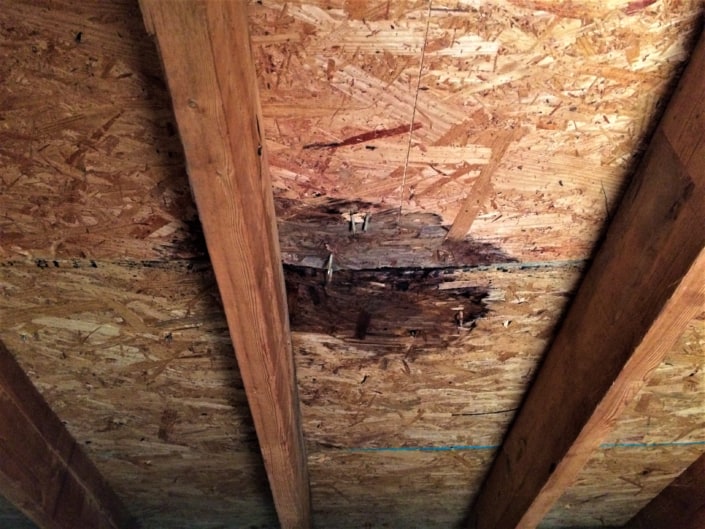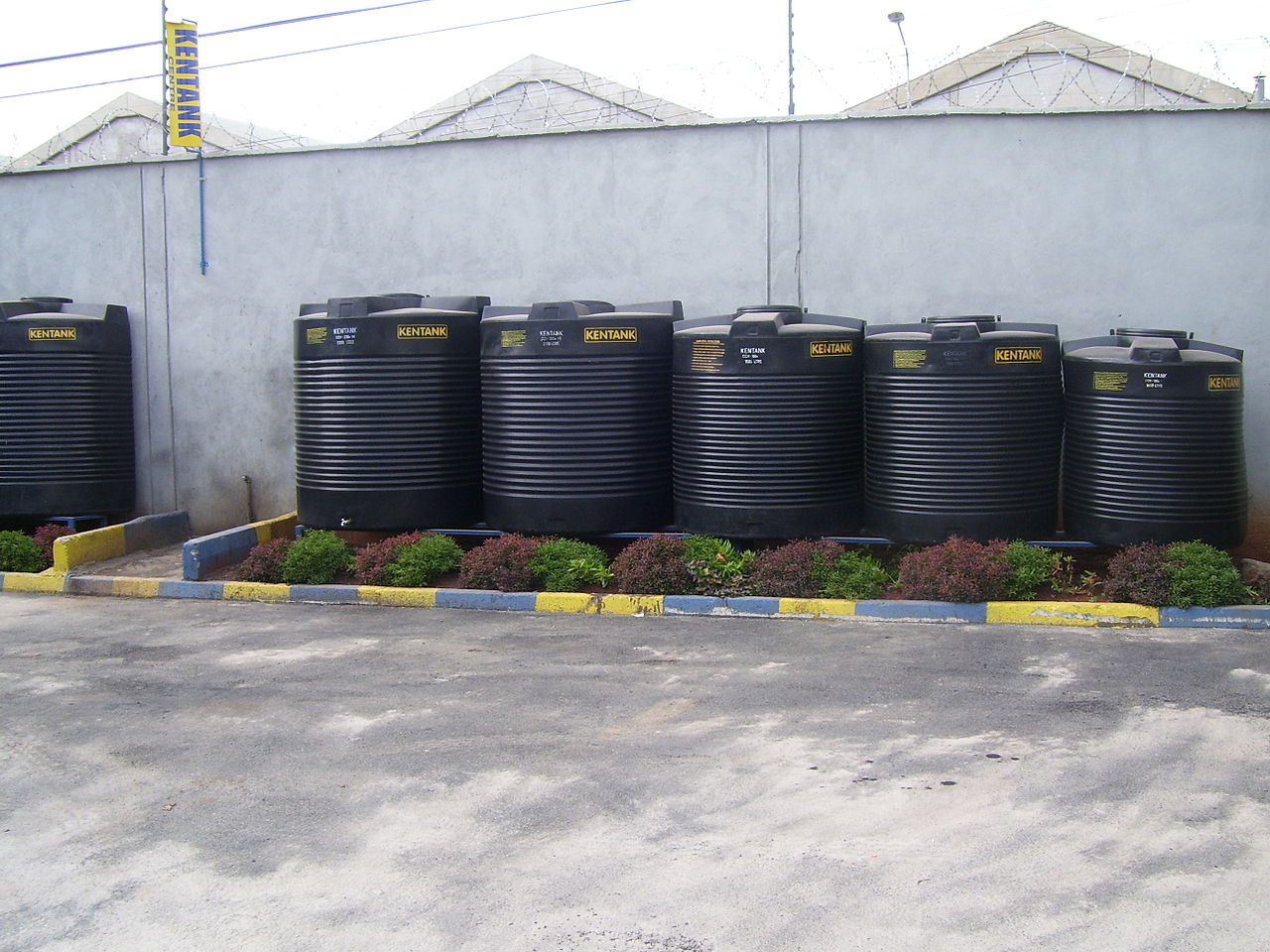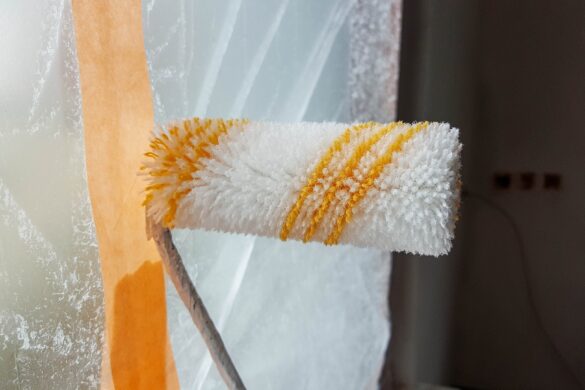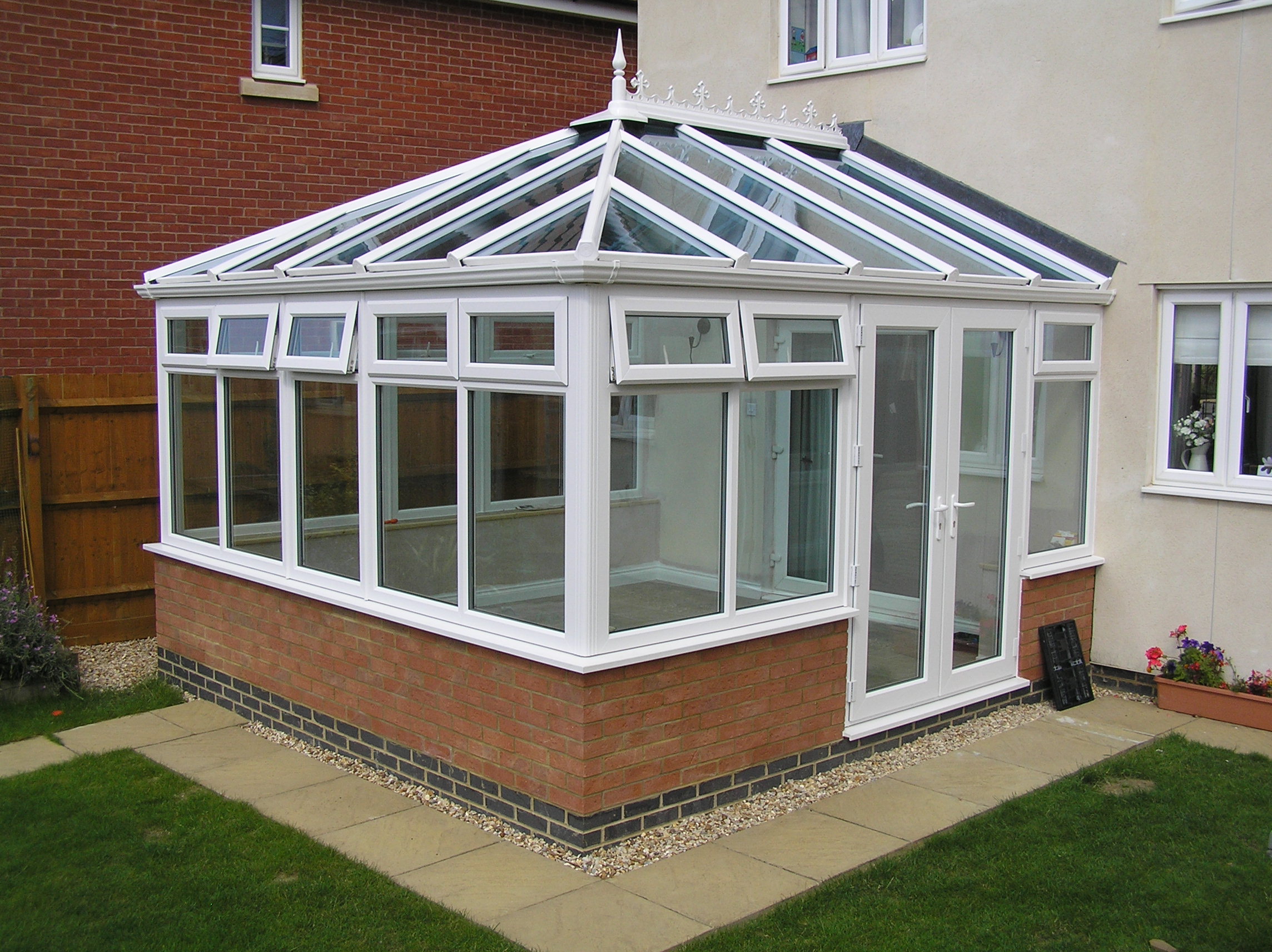How Attic Mold Develops
Due to less frequent visits, attics can become a breeding ground for mold, allowing issues like humidity, condensation, and minor roof leaks to escape notice. Mold spores settle and multiply in warm, moist conditions, leading to condensation and dampening of roof sheathing, joists, and insulation.
Boxes or insulation blocking vents can restrict airflow, trapping moisture, and causing wood discoloration. Mold can also infiltrate after heavy rainstorms if shingles are missing or gutters overflow, sometimes for months without detection. While these issues often remain hidden to the untrained eye, a comprehensive attic mold inspection and testing offer a thorough approach to the root causes and help homeowners address small problems before they become serious hazards or financial burdens.
Common Signs of Attic Mold
Attic mold can be subtle and gradually noticeable, with musty or earthy smells, dark streaks, spots, or fuzzy patches on wooden rafters, beams, or insulation being the first signs. Over time, persistent water stains, bubbling paint, or yellowish discoloration may indicate a long-term moisture problem. Occupants may experience more sneezing or coughing, especially those with allergies, as mold particles can penetrate deep into the lungs. If ignored, the affected area may expand, requiring costly interventions and potentially replacing weakened wooden supports.
Risks to Health and Property
Attic mold is a unique issue that can significantly impact the health and safety of occupants. Exposure to mold spores can cause health problems like itchy eyes, congestion, wheezing, and chronic coughing, especially for children, seniors, and those with asthma or respiratory vulnerabilities. Inhaling large mold spores can contribute to long-term lung inflammation and infections. Property damage is also significant, as mold breaks down cellulose in wood, weakening beams, trusses, and plywood, and compromising insulation efficiency. Addressing attic mold promptly protects both health and financial investments.
Techniques for Detecting Attic Mold
Mold detection in attics requires more than just a quick glance. It can be found in areas like insulation, under boards, or in tight corners. Sensory signs, like a persistent musty smell, can also indicate mold growth. Professionals use moisture meters, air and surface sampling tools, and thermal imaging to detect hidden damp spots, identify mold spores, and select appropriate remedial methods. Early detection ensures problems are caught early, allowing for cost-effective and manageable remediation.
Preventing Mold Growth in Attics
Mold prevention is crucial for preventing its occurrence. Proper attic ventilation, adjusting insulation, addressing leaks, and inspecting shingle and flashing conditions can help. Indoor humidity management can reduce airborne moisture, such as using a dehumidifier or venting exhaust fans outside. Moisture barriers can also be placed, especially in older homes. Regular inspections of attics, especially after major storms or snow melts, are essential for identifying potential mold-causing changes.
What to Expect from Professional Mold Remediation
Mold remediation professionals use best practices to address attic mold infestations safely. They seal off affected areas, remove and dispose of materials, and use EPA-approved antimicrobial agents to target lingering spores. They also investigate moisture sources, such as leaks or blocked vents, to prevent recurrence. After cleanup, air quality testing and visual inspections confirm the area is mold-free. Professional intervention is safer and more effective than homeowners cleaning smaller regions themselves.
Impact of Mold on Home Value
Mold issues can significantly impact a home’s resale value and saleability, leading to potential buyers asking for price reductions or leaving the deal. Proactive attic maintenance is crucial, even for homeowners not considering a sale. Addressing mold early can protect the property’s long-term value and reduce unexpected repair costs. Regular professional inspections and attention to minor moisture problems can save time and money on costly restorations.










